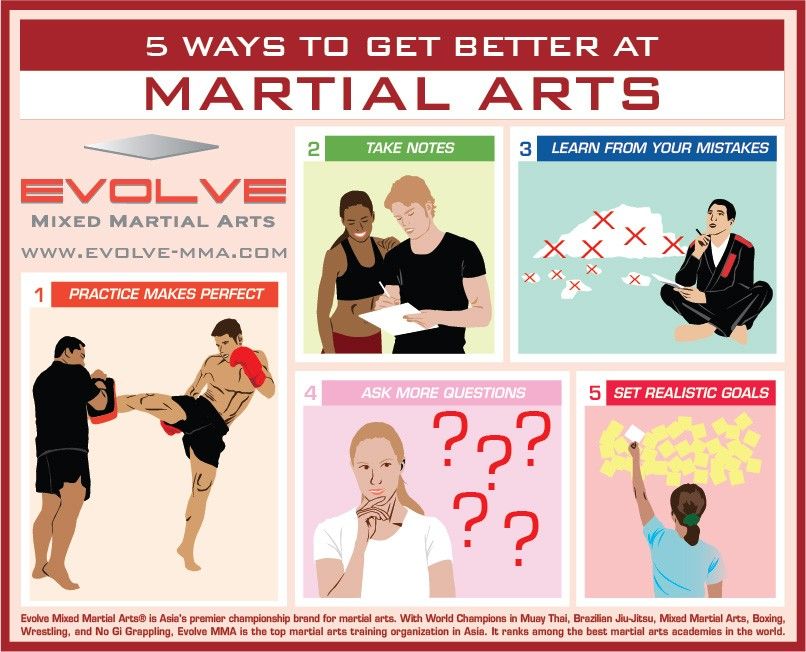The Advancement And Historical Context Of Martial Arts Worldwide
The Advancement And Historical Context Of Martial Arts Worldwide
Blog Article
Short Article Author-Hess Vick
Martial arts have a remarkable history that covers centuries and continents. You might locate it appealing how old methods like Shuai Jiao and Kalaripayattu prepared for contemporary fight methods. These techniques not only emphasize physical skills yet additionally show the cultures that birthed them. As you explore their development, consider just how globalization has changed these traditional kinds into hybrid styles. What impacts do you think have shaped today's martial arts landscape?
Ancient Martial arts: The Structures of Fight
As you explore the world of old martial arts, you'll discover the rich foundations that shaped fight strategies across cultures. https://jeffreyvjuep.newsbloger.com/36215286/start-your-protection-skills-with-powerful-strategies-designed-to-equip-females-and-enhance-personal-safety-and-security concentrated on Self-Defense and survival, typically incorporating strikes, hurting, and weapons.
In martial arts to get in shape , for example, techniques like Shuai Jiao emphasized throws and joint locks, while India's Kalaripayattu showcased dexterity and liquid movement. sambo martial arts established Kenjutsu, a refined swordsmanship that highlighted technique and technique.
These martial arts offered not just for fight yet also as a means of individual development, instilling values like regard and perseverance. The blending of these methods in time prepared for the diverse martial arts you see today, each showing the special ideologies and needs of its society.
The Social Influence on Martial Arts Development
While martial arts frequently show the practical demands of a culture, they also embody the cultural values and beliefs of their origins. When you discover different martial arts, you'll notice how they're influenced by religious beliefs, philosophy, and social standards.
For example, the emphasis on respect and self-control in Japanese martial arts stems from Zen Buddhism and samurai society. In contrast, Brazilian Jiu-Jitsu advertises adaptability and approach, formed by the need for performance in a diverse, multicultural environment.
click here to find out more might find that the rituals, attires, and training approaches show an area's background and identification. By comprehending these social impacts, you strengthen your gratitude of martial arts and their function fit human experiences around the world.
Modern Adaptations and the Globalization of Martial arts
Martial arts have actually transformed significantly in recent decades, adjusting to modern society and international influences. You'll see that traditional kinds have combined with modern-day methods, creating hybrid styles like mixed martial arts. These adjustments accommodate varied target markets, making martial arts accessible and enticing worldwide.
With the surge of social media sites and electronic systems, you can discover tutorials and competitions from all corners of the globe, breaking geographical barriers. This globalization has actually led to a common admiration for different self-controls, from Brazilian Jiu-Jitsu to Taekwondo.
As you involve with these arts, you'll understand they're not practically combat; they promote fitness, discipline, and mental wellness.
Ultimately, modern-day adjustments have improved the martial arts landscape, making it a dynamic and developing practice.
Conclusion
In exploring the background and development of martial arts, you discover an interesting mix of techniques, societies, and viewpoints. From old disciplines like Shuai Jiao and Kalaripayattu to the modern-day adaptability seen in mixed martial arts, martial arts reflect humanity's quest for Self-Defense and personal growth. As you involve with these techniques, you not only acquire abilities yet additionally a much deeper admiration for the varied traditions that shape our world today. So, continue your journey and embrace the art of combat!
